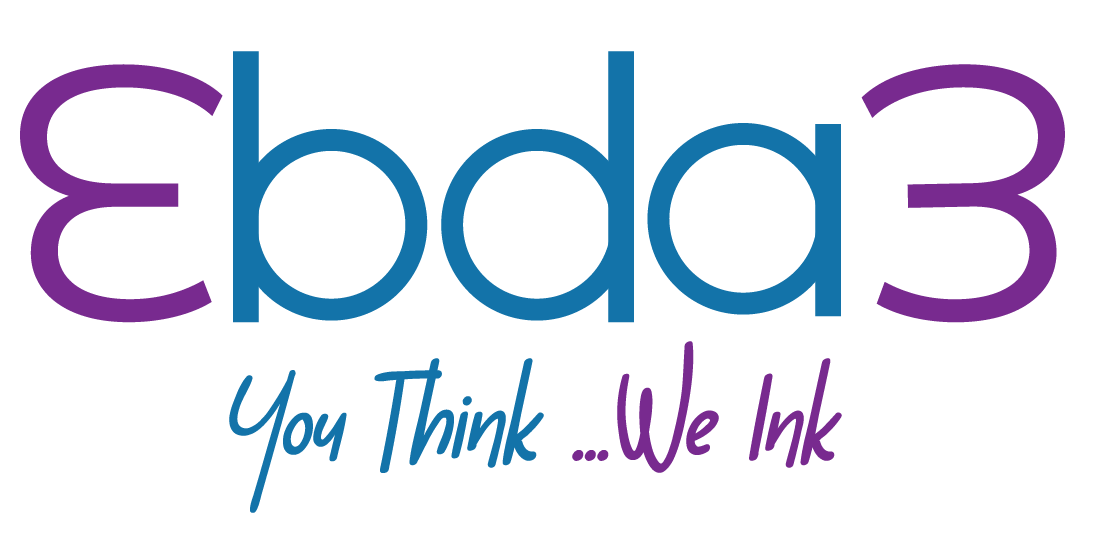The Silent Power of Innovation in Everyday Business

Innovation often sounds like a grand concept reserved for the largest corporations or the most advanced technology firms, yet it quietly defines the success of everyday businesses across industries. It is not always about groundbreaking inventions or flashy new products, but more about the subtle shifts in mindset and the creative ways organizations approach their daily challenges. When we observe companies that remain relevant over decades, a pattern emerges: they are those that treat innovation not as a project but as a culture, a way of existing that influences every decision and every interaction. This culture grows stronger when leaders encourage curiosity, reward experimentation, and embrace adaptability as a strength rather than a reaction.
The landscape of modern business has shifted dramatically due to digital transformation, globalization, and rapidly changing consumer expectations. Companies that hesitate to adapt risk falling behind, while those that continuously ask, “What if we tried differently?” maintain a forward momentum that attracts both customers and talent. Innovation becomes a magnet for growth, drawing in individuals who want to contribute to something dynamic and meaningful. It becomes less about the size of a company’s budget and more about the willingness to explore new approaches and challenge traditional assumptions.
At its heart, innovation thrives when collaboration and diversity of thought intersect. A team composed of individuals with different backgrounds and perspectives is far more likely to create solutions that resonate across various contexts. A marketer, a developer, and a strategist sitting at the same table can spark insights that none of them would have produced alone. The power of these interactions lies in the friction between perspectives, where new possibilities take shape. This is why so many organizations emphasize cross-functional teamwork and shared brainstorming, as the boundaries of innovation often appear where ideas collide.
There is also a profound connection between innovation and storytelling. Businesses that innovate effectively do not simply create products or services; they craft narratives that resonate with audiences. These stories often highlight progress, possibility, and transformation, which naturally appeal to individuals seeking meaning in their choices. A new tool, app, or service can succeed not only because of its functionality but also because of the story it tells about a better future or an easier life. This is why innovative companies often lead cultural conversations, shaping not only industries but also the way people think and aspire.
Innovation in business also links closely with resilience. Markets fluctuate, technologies evolve, and customer preferences shift in unexpected ways. Organizations grounded in innovation weather these changes more effectively, because they are already comfortable with experimentation and recalibration. They see disruption not as a threat but as a field of opportunity. By embedding creativity into the DNA of an organization, resilience becomes an almost automatic response, allowing teams to pivot quickly and seize new advantages while competitors struggle to adjust.
In many ways, innovation is about perception. It requires seeing what others miss, noticing the overlooked detail that unlocks a new solution. It may be a small adjustment to a process that saves hours of labor, or a subtle design change that makes a product more intuitive. These incremental steps often build into something transformative over time. Businesses that recognize the value of these subtle innovations accumulate advantages that compound, ultimately setting them apart in competitive landscapes. While others may chase big revolutions, the quietly innovative firms thrive on continuous evolution.
The silent power of innovation lies in its ability to weave itself into the ordinary, transforming the everyday into something extraordinary. It is not a switch to be flipped on and off but rather a current that runs beneath the surface, shaping outcomes before they are even visible. Companies that honor this power do not wait for the perfect moment to innovate; they live in a state of constant readiness, open to ideas, and brave enough to act on them. In doing so, they not only build stronger businesses but also inspire individuals to see possibility where others see only limitation.





